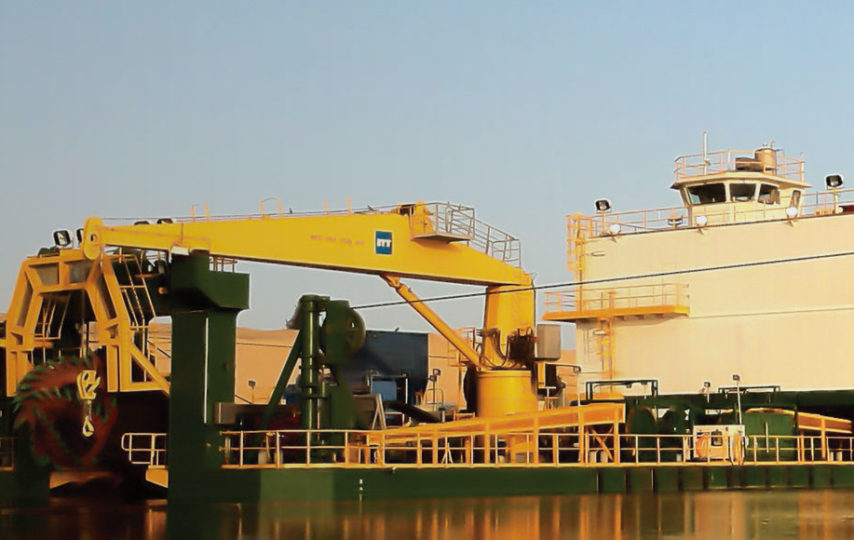Dredging has four principal objectives:
(1) to develop and maintain greater depths than naturally exist for canals, rivers, and harbors;
(2) to obtain fill to raise the level of lowlands and thus create new land areas and improve drainage and sanitation;
(3) to construct dams, dikes, and other control works for streams and seashore; and
(4) to recover subaqueous deposits or marine life having commercial value.
In dredging, production estimating is carried out mainly with analytical physical models of the different dredging processes. Other processes like hopper sedimentation and erosion, water jet fluidization, cutter head spillage, pump/pipeline dynamics and clamshell dredging are covered. Slurry transport of settling slurries and cutting processes in sand, clay and rock.
Items Requiring Dredge Engineering
* Water Access Facilities and Infrastructure
* Yacht clubs and marinas
* Harbormaster facilities
* Boat ramps
* Docks and piers
* Boardwalks and bridges
* Beach access stairways
Interaction between our hydrogeologists and engineers offers great value to our clients by providing them with a complete and thorough evaluation of the environmental and structural conditions of the project and, subsequently, selection of proper construction methods and materials. In particular, specifying a combination of high grade coatings allows us to extend the service life of the structures and minimize failures due to corrosion through electrolytic reactions.
PumpAndSlurry.com can perform in-house advanced multi-disciplinary dredging engineering. We have professional engineering expertise in civil, mechanical and control system engineering. P&S engineers also understand fundamental physics enabling them to build concise practical models from scratch.
Our dredging engineers have developed and maintained both physical and numerical models. Our team develops software to perform fast and comprehensive calculations.
Dredging Process Engineering
Our engineers can design and modify dredging installations with special attention to equipment performance. Experience has shown that a systematic design process approach enables competitive cost per cubic meter of soil. This so called unit rate is a key performance indicator.
Soil-Water-Interaction Engineering
Dredging engineering always involves soil-water-interaction and the unique science of underwater and destructive geotechnical engineering.
Our dredging engineers are passionate about soil-water-interaction. Our team uses state-of-the-art modeling techniques to predict cutting or jetting of any kind of soil. These models have been based on physical and numerical modeling and are continuously improved based on new field experiences. This approach allows dredging engineers to investigate project sites to a suitable level of definition, perform accurate estimates that avoid unpleasant surprises on your dredging projects and develop your estimate methodology identifying risk in an early stage.
Coastal Engineering
Dredging is often undertaken in a coastal environment where understanding coastal processes is key. Our engineers can perform environmental impact assessments, and analyze and estimate performance for any dredging equipment regarding interaction with waves and current as well as environmental impact.
Control Systems Engineering
Modern dredging equipment features many control systems to maintain excellent performance. Our dredging engineers can design, optimize and educate operators on control systems. Robust and reliable instrumentation is key for any control system.
Pipeline Engineering
Pipelines and cables may displace due to environmental or operational conditions so that secondary stabilization is required. Pipelines and cables could potentially also be damaged by dragged anchors, dropped objects, shipping, and so on, and thus may require protection.





